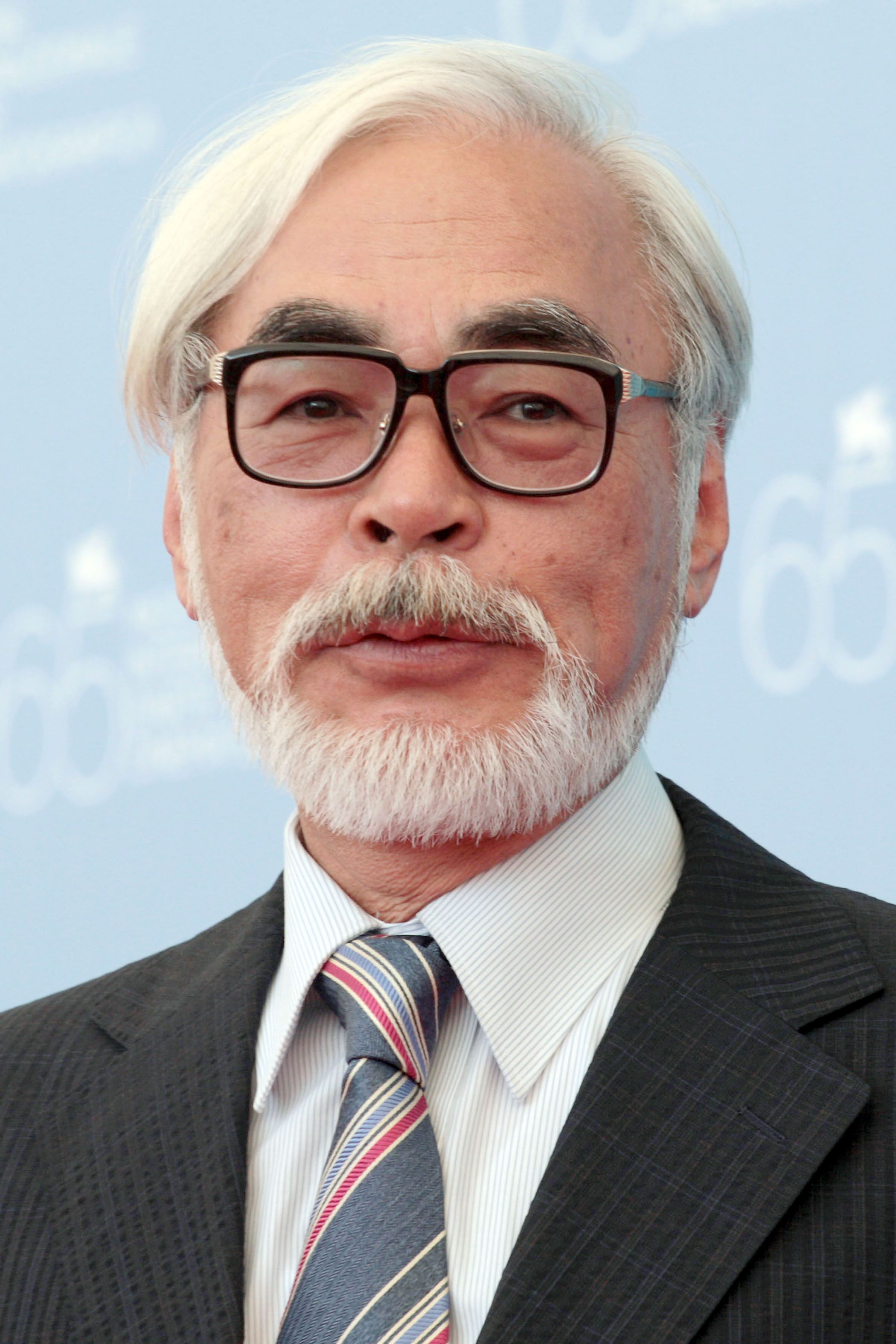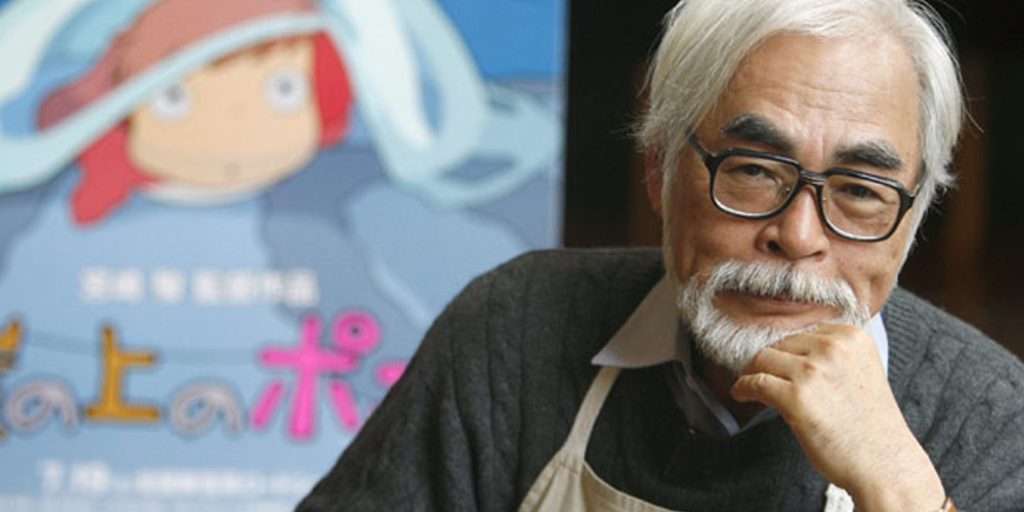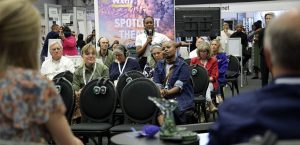Generative AI is a branch of artificial intelligence which is trained off of a vast array of existing, human-created data, including text and images. It “creates” remixed content based on a user’s prompts. ChatGPT, developed by OpenAI, is the most widely-used generative AI tool. Recently, a ChatGPT trend was developed where users prompted the AI tool to generate images mimicking Studio Ghibli’s iconic, thoughtfully crafted art style.
The Studio Ghibli filter sparked backlash and debate. The trend brings up ethical concerns about violating copyrighted works, and about its immense environmental impact. The co-founder of Studio Ghibli himself, Hayao Miyazaki, criticized AI in art heavily from its very inception. It’s understandable to assume a simple Studio Ghibli trend would be innocuous, but it’s important to understand the effects of generative AI on the things that are inherently important to humanity and should be taken into careful consideration, like art and the environment.
Studio Ghibli Is Known for Its Whimsical Tales & Poignant Historical Films
Studio Ghibli Abides by a Few Choice Artistic & Philosophical Tenets
Audiences across all demographics love Studio Ghibli’s art style. Not only are many Studio Ghibli films, like Spirited Away and My Neighbor Totoro, well-established genre-defining anime classics, but they are also considered masterful in film at large. They are the last major bastion of hand-drawn animators, as they continue their legacy of lush and vibrant landscapes, evocative facial expressions, and whimsical but elegant character choreography.
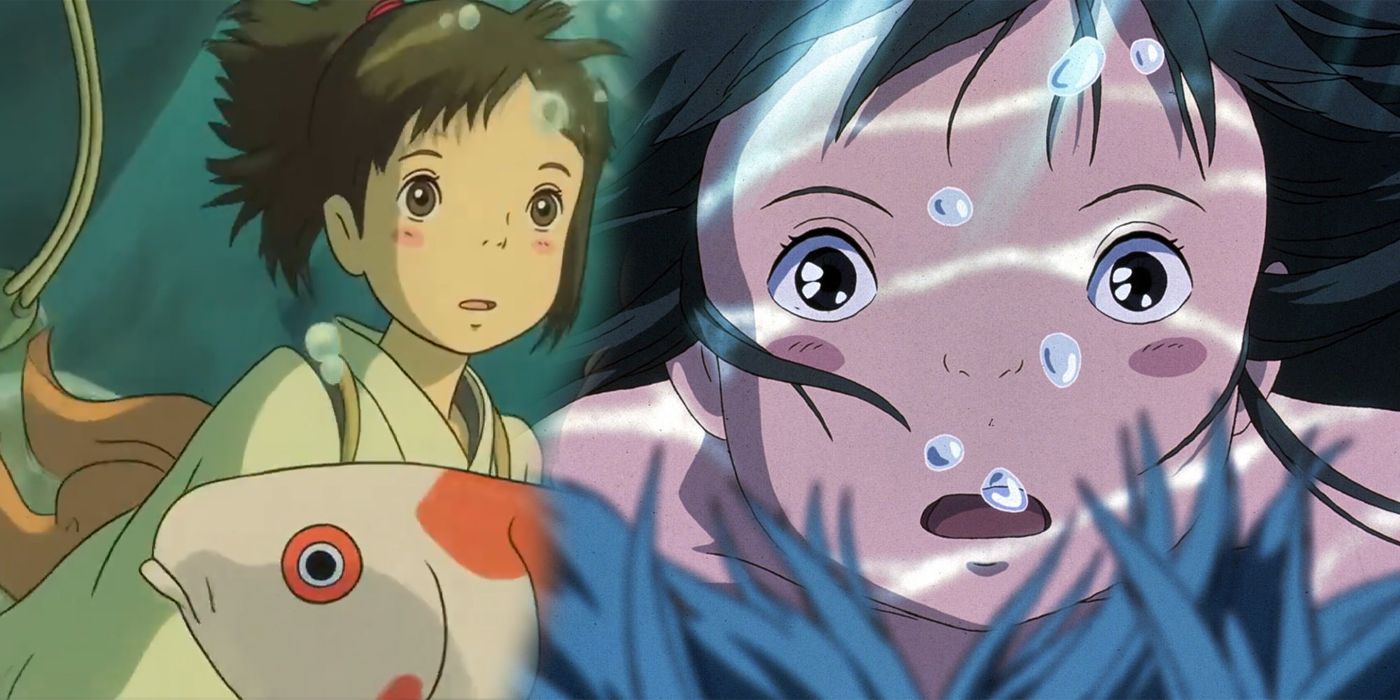
Related
Studio Ghibli fans condemn newly circulating AI-generated animations that mimic Hayao Miyazaki’s characters and art style, including Spirited Away.
Nothing about Studio Ghibli storytelling is random or repetitive. Co-founders Hayao Miyazaki and Isao Takahata already had established bodies of work in anime and storytelling before they combined their visions. With their immense success, they certainly lean into money-making endeavors like other successful studios. They have an enormous amount of merchandise under the Studio Ghibli franchise, and in 2022, they opened Ghibli Park. That doesn’t mean they take every opportunity to turn a profit with their name, though.
Artistic integrity is the backbone of Studio Ghibli works. Historically, Miyazaki and Takahata fought hard with studio executives abroad to maintain the integrity of their work through its many translations and cross-country theatrical releases. The now-imprisoned Hollywood executive, Harvey Weinstein, reportedly “bombarded” Miyazaki, trying to coerce him to change elements of Studio Ghibli films. According to writers who worked on Princess Mononoke, he allegedly tried to clandestinely make cuts to the dark fantasy film. In Miyazaki’s words, he “defeated” Weinstein and his attempts to meddle with the integrity of Studio Ghibli’s works.
Several Studio Ghibli Films Explore Different Aspects of Environmentalism
Princess Mononoke Explores Deforestation; Ponyo Explores Pollution & Sea Restoration
Several Studio Ghibli films explore different aspects of environmental concerns, imagining both dark eventualities and creative solutions. Hayao Miyazaki and Isao Takahata worked together on Nausicaä of the Valley of the Wind before they called themselves Studio Ghibli, but it’s significant that the film which would lead to Studio Ghibli’s inception would be centered around a climate crisis and its potential solutions.
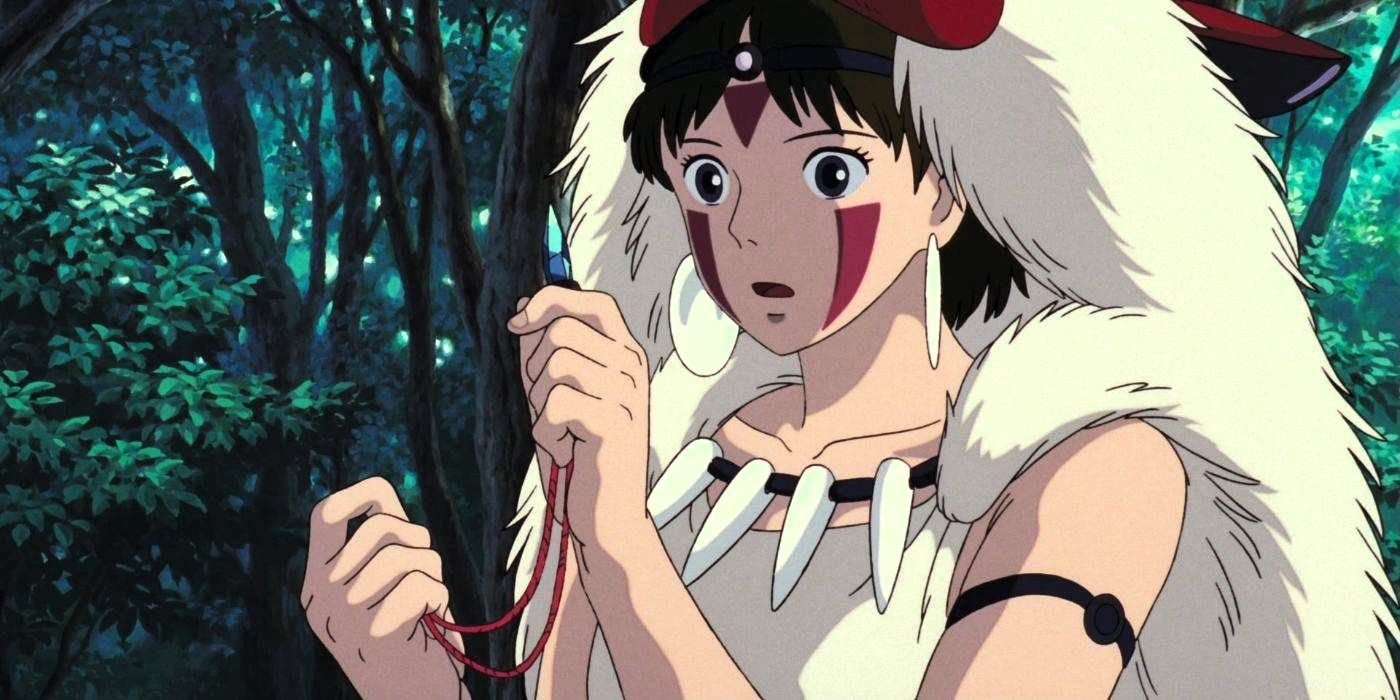
Related
Researchers Discover Rare Fish From Studio Ghibli’s Princess Mononoke
A scientific research group announces the discovery of a new fish species that bears an uncanny resemblance to a famous Ghibli warrior princess.
Princess Mononoke isn’t just memorable and beloved because of its art style. The beating heart of San and Ashitaka’s story is how unchecked consumerism and deforestation separates humanity from nature to its own detriment. The film’s antagonist, Lady Eboshi, has a justifiable cause; she wants to provide for her people, but her innovation has no standardization or hazard studies. She doesn’t realize annihilating nature will eventually fall back on her and her people. Ponyo also explores the link between humanity and nature. Environmental imbalances cause great storms which upheave land and sea, and the wizard, Fujimoto, tries to heal the oceans from pollution.
As It Stands Today, Generative AI Has a Staggeringly Negative Impact on the Environment
Artists Question Whether the Focus of Technological Development Should Be Turning Art Into Robot Regurgitation
Maintaining AI data centers requires a substantial amount of energy. One ChatGPT prompt uses ten times the amount of energy than one Google search. While there could be other solutions to these problems, those solutions need to actually be prioritized and implemented in relation to the threat they pose to the climate.

Related
There’s a Reason Everyone Agrees This is the Best Studio Ghibli Movie
Spirited Away is the golden standard of anime films, and there are countless reasons why every anime fan will say it’s the greatest Ghibli movie.
Generative AI is a replacement for learning and using a creative skill, be it painting, drawing, or writing. It also separates art from the creator so companies can make more money. And yet, generative AI does not create its own art; it’s not capable of inspiration or crafting a product with nuance or life experience. Despite what any AI founder may posit as a theoretical future, AI cannot and does not think or create for itself. It’s only capable of taking art, including art from Studio Ghibli, then remixing it into a pastiche of spliced imagery based on the request of the AI’s user.
I would never wish to incorporate this technology into my work at all. I strongly feel that this is an insult to life itself
~ Hayao Miyazaki’s Feelings About Generative AI
AI exists in a pre-regulated wild west of a legal landscape where copyright is being debated, negotiated, and violated in many corners of the creative industries. Generative AI is a working example of the difference between plagiarism and inspiration, and many companies and universities are adapting to the new technological landscape and categorizing it as such. Others are choosing to take the gamble for potential short-term profit. Hayao Miyazaki expressed detestation toward AI in art from his first experience with it, expressing he is “utterly disgusted” by it. He went on to say, “I would never wish to incorporate this technology into my work at all. I strongly feel that this is an insult to life itself.” Miyazaki’s views on AI in art cannot be more clear, and his views on the matter seem to ring true as events unfold with generative AI. It seems even more prudent to consider his words, as so many AI models often scrape his work without his consent.
-

Studio Ghibli, Inc. is a Japanese animation studio based in Koganei, Tokyo. It has a strong presence in the animation industry and has expanded its portfolio to include various media formats, such as short subjects, television commercials, and two television films. Their work has been well-received by audiences and recognized with numerous awards. Their mascot and most recognizable symbol, the character Totoro from the 1988 film My Neighbor Totoro, is a giant spirit inspired by tanukis and cats.
-
